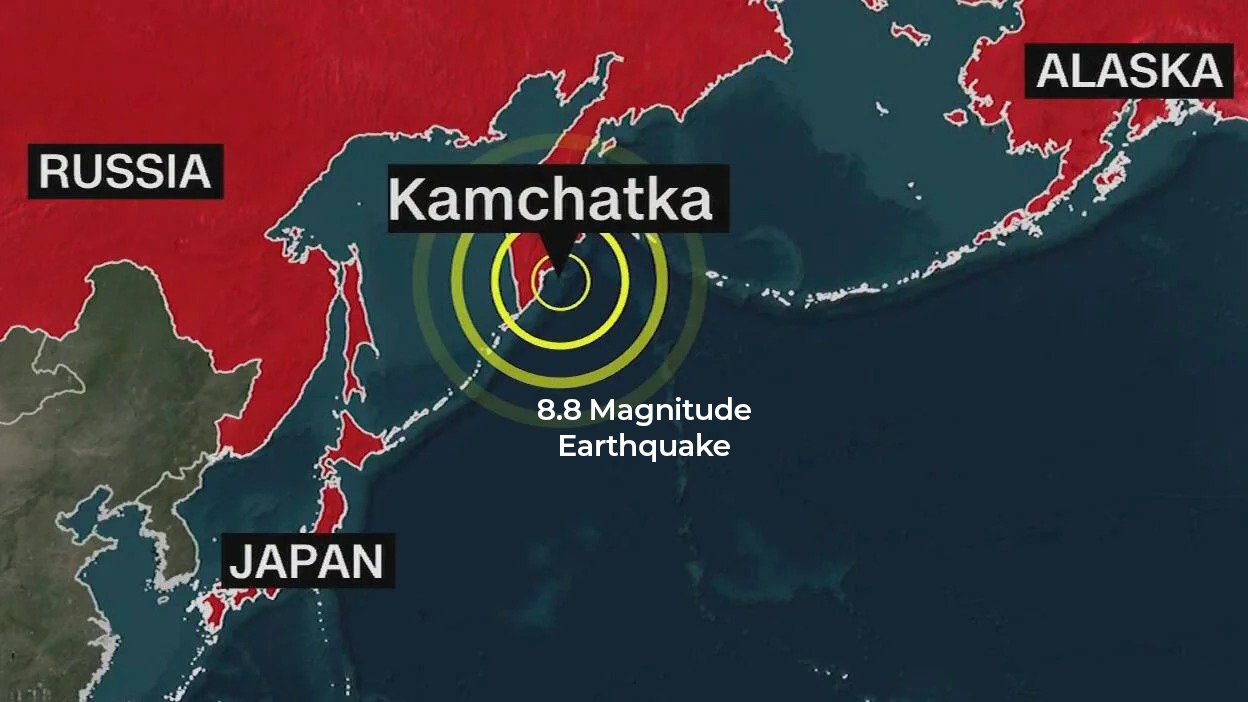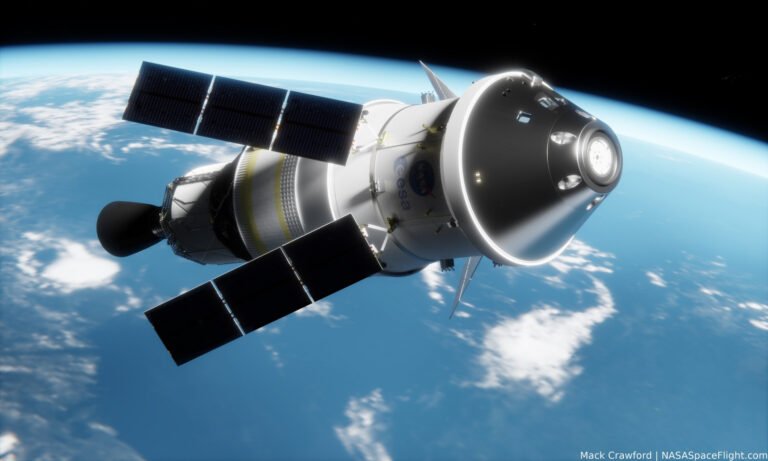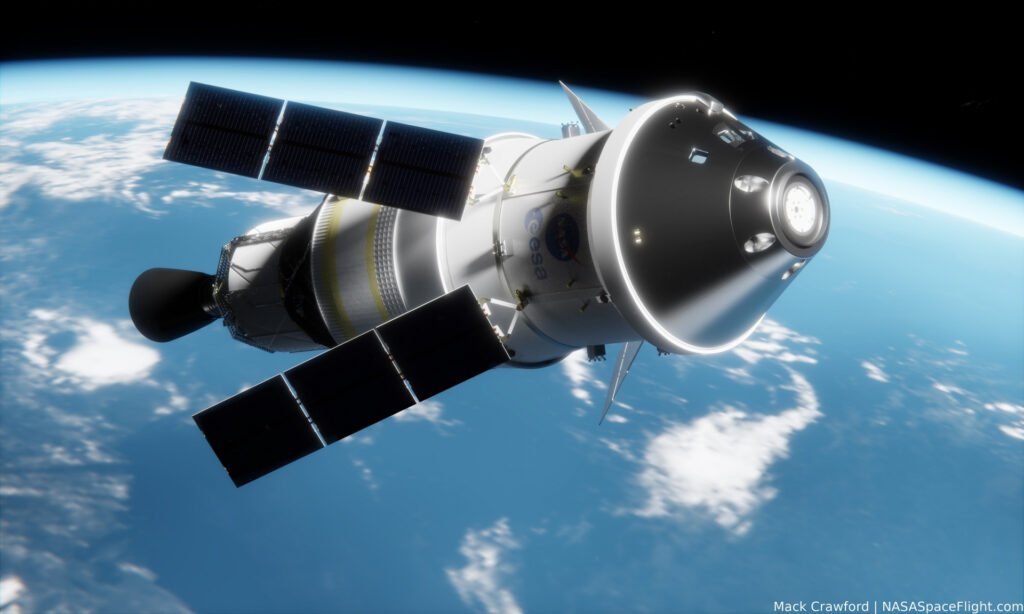The Earth delivered a powerful reminder of its immense geological forces on July 30, 2025, as a Magnitude 8.8 earthquake struck off Russia’s Kamchatka Peninsula. This massive tremor, among the strongest ever recorded globally, sent shockwaves through the Pacific Ocean. It immediately triggered widespread tsunami warnings and advisories from Japan and Hawaii to the distant shores of Chile. The Russia Earthquake 2025 event ignited fears across coastal communities. While some areas experienced significant local waves and damage, the broader Pacific thankfully saw less catastrophic impacts than initial, dire predictions, highlighting the complex nature of tsunamis.
Understanding the Russia Earthquake 2025
The powerful seismic event, confirmed at Magnitude 8.8, occurred in the highly active Kuril–Kamchatka Trench. This is a notorious part of the Pacific Ring of Fire. This specific Russia Earthquake 2025 was a “megathrust” quake. It resulted from the Pacific Plate sliding beneath the Okhotsk Plate. Such shallow and immensely powerful movements have a high potential to displace vast volumes of seawater. This directly generates destructive tsunami waves. Early reports placed the tremor’s depth around 19 to 21 kilometers (12-13 miles). Its proximity to the coast amplified its immediate impact on the Kamchatka Peninsula and nearby islands.
Residents in Petropavlovsk-Kamchatsky endured prolonged, violent shaking. Buildings swayed precariously. Critical services, including mobile networks, experienced disruptions. The sheer force of this Russia Earthquake 2025 underscored the immense power stored within Earth’s tectonic plates. Experts will continue to analyze its unique characteristics. This will undoubtedly enhance our understanding of large-scale seismic events and their complex relationship with tsunami generation.
Pacific-Wide Alerts and Varied Impacts from the Russia Earthquake 2025
In the immediate aftermath of the quake, tsunami warnings resonated across the Pacific. Emergency agencies, from Japan’s Meteorological Agency to the US National Weather Service, issued urgent alerts. Millions in coastal zones were urged to seek higher ground. Evacuation orders were swiftly enacted across diverse regions. These included parts of Japan, Hawaii, and even countries as far away as Chile and Colombia. The broad reach of these warnings underscored the interconnectedness of the Pacific basin. It also showcased the remarkable rapid response capabilities of international tsunami warning centers.
While distant shores generally reported smaller wave heights than feared, the Kamchatka Peninsula and the nearby Kuril Islands bore the brunt of the Russia Earthquake 2025 tsunami. Waves reaching up to 4 meters (13 feet) were reported in some Kamchatka areas. Some accounts even indicated localized waves as high as 5-6 meters (16-20 feet), causing substantial damage. The port of Severo-Kurilsk experienced flooding. Fishing vessels were dislodged from their moorings. Several individuals sustained injuries while rushing to evacuate. Some local infrastructure, like a kindergarten, also reported damage.
Deciphering Tsunami Predictions
Despite the tremendous magnitude of the Russia Earthquake 2025, the tsunami’s destructive force on many distant Pacific coasts was fortunately less severe than initial catastrophic fears. This phenomenon often prompts a crucial question: why might a megathrust earthquake, known for generating devastating tsunamis, not produce the predicted destruction across an entire ocean basin? Several factors can influence a tsunami’s behavior. These include the earthquake’s specific rupture characteristics. The direction of the fault rupture matters significantly. If the rupture propagates away from densely populated coastlines, the wave energy might dissipate differently.
Moreover, the precise angle of the seafloor displacement, the presence of underwater topography, and the interaction of waves with island chains can all impact a tsunami’s size and speed. For instance, while some areas in Kamchatka saw substantial local waves, the energy propagating across the vast Pacific might have spread more widely. It could have encountered natural barriers, or experienced less direct amplification. Scientists will conduct further analysis to fully comprehend why this powerful earthquake produced such varying tsunami impacts across different regions. This research will help refine future predictions.
Global Preparedness in a Seismic World
The recent Russia Earthquake 2025 serves as a stark reminder of the ongoing need for robust tsunami preparedness. The swift issuance of Pacific-wide alerts and the organized evacuations undoubtedly saved countless lives. This demonstrated the effectiveness of international warning systems and public awareness campaigns. Continuous investment in advanced seismic monitoring, ocean-based detection buoys, and rapid communication networks remains absolutely critical for global safety.
Furthermore, educating coastal communities about the natural signs of a tsunami (like unusual ocean recession or a sudden roar) is vital. This empowers individuals to react even before official warnings arrive. As our understanding of these complex natural phenomena grows, so too must our commitment to preparedness. This ensures that vulnerable populations are ready when the next seismic giant awakens.
Conclusion: The Magnitude 8.8 Russia Earthquake 2025 was a powerful geological event that triggered widespread tsunami alerts across the Pacific. While closer regions like Kamchatka experienced significant localized waves and damage, the tsunami’s impact on many distant shores was, thankfully, less severe than initial worst-case predictions. This incident underscores the vital role of advanced warning systems and highlights the complex science behind tsunami generation. Ultimately, it reinforces the critical importance of preparedness and vigilance for all communities living along the Pacific Ring of Fire.
For more news and updates, please visit PFM Today.













